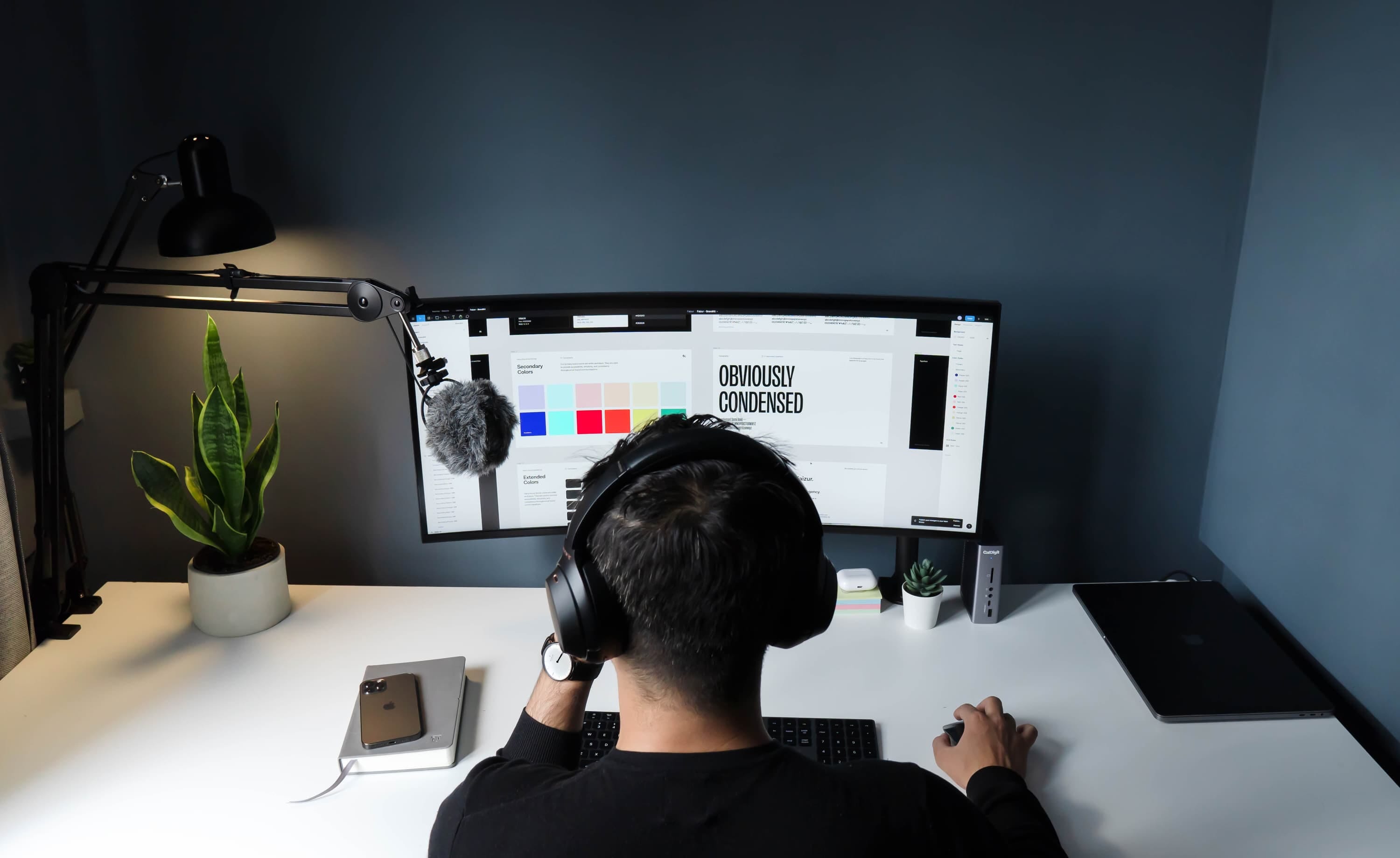Quality Web Design Needs Engaging Content

In a world where we consume most of our information online, sound design and content have become an expectation rather than a feature.
To create a successful online presence, you need your website design and content to work together — to enhance each other and create a greater total.
Yet despite its importance, many businesses focus on one side of the coin – design or content – without emphasizing both.
Effective websites don’t happen by accident. They are a carefully crafted partnership between content and design.
Here’s what we’ll cover in this post:
- What the experts will tell you
- What most people do
- Content or design first?
- How design and content should work together
- 5 tip essentials for combining content and design
What the Web Design Experts Will Tell You
Web designers will say design is more critical because you can’t have good content without good design. Content creators will say content is more important because you can’t have a successful site without good content. Both sides of the argument are valid, but they are equally valuable when it comes to creating an effective online presence.
Design and content need to be seen as two parts of the same goal – communicating a message effectively and engagingly. Design helps to shape the message, creating an enjoyable experience for visitors. Content provides relevant information that resonates with visitors and encourages them to take action.
What Most People Do
In my experience, most people focus on one side of the coin, not both. For example, a common mistake I see companies make is spending all their time and money designing a beautiful website. Still, the content is poorly written or irrelevant to their target audience. Conversely, I also see companies with great content, but their website looks like it was designed in the 90s. In today’s world, good design is expected, and users will quickly leave if the content does not speak to them.
Web Design or Web Content First?
Design and content should be done in an iterative cycle to ensure that the site is compelling and engaging. By working together, designers and content creators can ensure that the site is visually appealing and provides the information visitors want.
Iterative cycles allow for constant feedback and improvement. For example, as new content is added, it can be reviewed and updated to ensure that it is appropriately formatted and aligned with the site’s overall design. Likewise, as design changes are made, the content can be updated to reflect the new look and feel.
How Design and Content Should Work Together
Design and content work together to create a solid visual experience for visitors. Design elements like typography and colours draw attention to important messages while content provides the relevant information visitors need. When both design and content are carefully crafted, they create a powerful online presence that will help you stand out from the competition.
Good design helps to make your content more accessible and user-friendly, while strong content can help your website rank higher in search engine results pages (SERPs).
Quality Web Design Makes Your Content More Accessible
Have you ever visited a website that was difficult to navigate or had a cluttered, unorganized layout? If so, you likely found it difficult to find the information you were looking for. On the other hand, a well-designed website is easy to use and navigate, making it more likely that users will stick around long enough to consume your content. In addition, well-designed websites are more visually appealing, which can help engage users and hold their attention.
Strong Web Content Helps You Rank Higher in Search Results
For your website to be visible to potential customers, it must rank high in SERPs. And one of the main factors contributing to high SERP rankings is robust and relevant content. The more relevant and informative your content is, the higher your website will appear in SERP results – making it more likely that prospective customers will find and visit your site.
5 Website Tips for Combining Content and Design
There are five essential elements that you should focus on when combining content and design.
- Clarity. The design increases understanding and aids navigation. Content should do the same. Cut out all the filler about how great you are and tell people what they need to know and do.
- Consistency. Don’t have a loud site design with timid content. Likewise, don’t speak like a rebel and have a website design that looks like every other corporate. Make sure the initial first impression matches people’s feelings when they delve deeper.
- Focus. Use design elements such as font size, colour, and layout to highlight key messages and call-to-actions on the page. The more important UI elements should have the most important content.
- Breaks. Use images, videos, and illustrations to break up large chunks of text and draw attention to important content. Think of those breaks as pauses in a conversation to allow people to digest what you’ve said before moving on to the next segment.
- Tone. Content and design principles should be combined to create the proper emotional anchors. If you want users to feel relaxed and slow down — add more whitespace and write reassuring content that shows you are here to help. If you want people to feel excited, use punchy fonts and vibrant colours and write short and sharp content.
Conclusion
So what does this all mean for your website? You need to focus on design AND content to create a winning website that will attract and motivate people to take action. And yes, that means investing in both quality web design and engaging content. But trust me, it’s worth it. Investing in both areas allows you to create a user-friendly website that is easy to navigate, enjoyable to use, and ranks high in SERPs.
All blogs